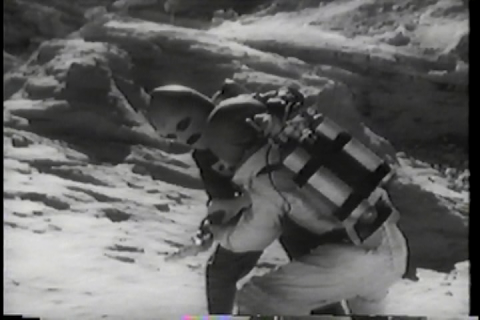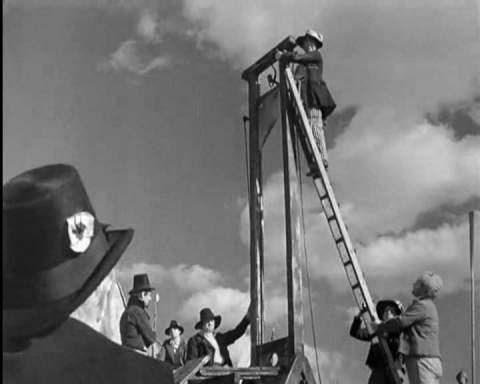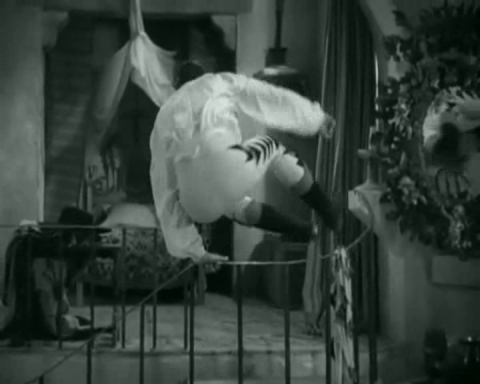Star Wars has reclaimed the position as the hottest franchise in the movie business, and fans will endlessly debate who is the best character or the pros and cons of various plotlines. Somewhat in the shadow of all the hype, you will sometimes find some discussion about George Lucas’ sources of inspiration.
A handful of Lucas’ sources can be found at the Internet Archive; I have previously written about the serials The Phantom Empire (1935) and Flash Gordon Conquers the Universe (1940). A third serial which inspired him was Radar Men from the Moon (chapters 1, 2, 3, 4, 5, 6, 7, 8, 9, 10, 11, 12), as can be seen in the character Commander Cody (Star Wars Episode III), from the serial’s hero Commando Cody.
Cody in the serial, who was also one of the inspirations for the 1980s movie and comic hero The Rocketeer, constructed his own backpack rocket and helmet, which help him fly, so that he can better fight the bad guys. In this particular serial (Cody was to appear in one more), he learns that moon men plan to invade earth, so he goes there to fight them. Most of the serial, however, is set on earth where Cody and his associates do battle against the infiltrators from the moon.
Radar Men from the Moon was produced one or two decades after the other serials I have reviewed here, and in some ways it shows. In the 1950s, the serials had passed their peak, both in terms of popularity and quality. There is still plenty of action, excitement and adventure, but beyond the first episode, which has some interesting points, the story feels a bit tired.
Like most serials after the early 1930s, Radar Men from the Moon is stuck in some rather stale gender roles. Take the matter of women on board spaceships, for instance. “You will be very glad to have someone on board who can cook your meals,” is just too typical a comment. This delivered by the woman in question, incidentally.
This serial is best enjoyed by Star Wars fans who want to explore George Lucas’ sources of inspiration. For serial fans, or those who want an introduction to serials, there are several better options, such as the eleven years older Adventures of Captain Marvel.
Radar Men from the Moon
Downlad links: 1 | 2 | 3 | 4 | 5 | 6 | 7 | 8 | 9 | 10 | 11 | 12
Year: 1952
Running time: 2 h 47 min
Director: Fred C. Brannon
Stars: George Wallace
Image quality: Acceptable
Resolution: Medium (720×480)
Sound quality: Acceptable
Best file format: MPEG2







